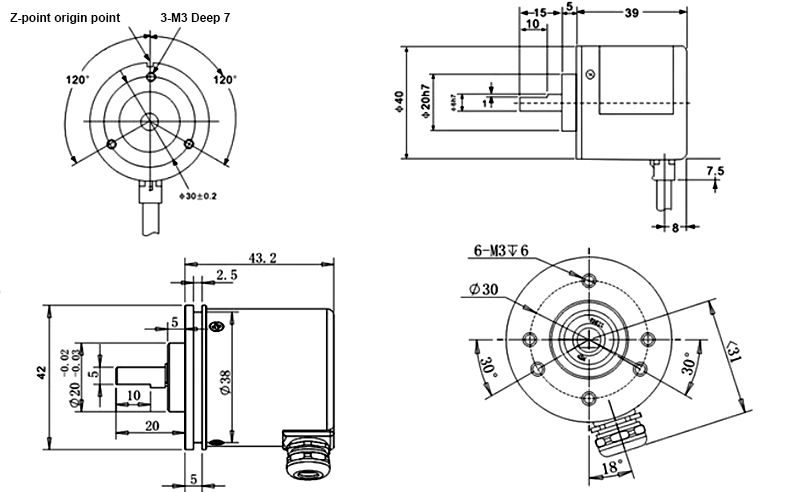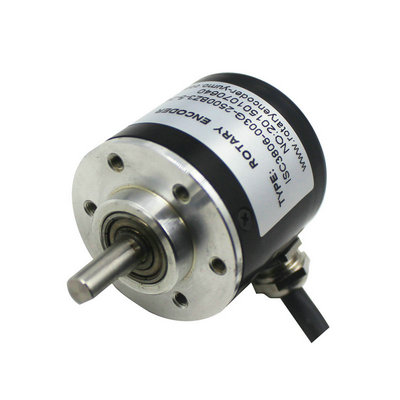6mm 24VDC shaft incremental encoder E6B2-CWZ6C Rotary Encoder
Good reliability, long life, anti-jamming performance.
Stainless steel shaft has a higher stability and protection.
Metal shell is more solid and anti-impact.
Bearing load heavy, anti-oil and water.
Applicability to a wide variety of mechanical and industrial control.
online service

Features
* Good reliability, long life, anti-jamming performance.
* Stainless steel shaft has a higher stability and protection.
* Metal shell is more solid and anti-impact.
* Bearing load heavy, anti-oil and water.
* Applicability to a wide variety of mechanical and industrial control.
Technical Parameters




Welcome to our website! Please send your words at any time in the following form and ask us, we will contact you and provide you with the corresponding service as soon as possible. Please write in English.
6mm 24VDC shaft incremental encoder E6B2-CWZ6C Rotary Encoder
Good reliability, long life, anti-jamming performance.
Stainless steel shaft has a higher stability and protection.
Metal shell is more solid and anti-impact.
Bearing load heavy, anti-oil and water.
Applicability to a wide variety of mechanical and industrial control.
ISC2504-001E-200B-5C shaft diameter 4mm 5VDC Solid Shaft Incremental Rotary Encoder
◆ Features
● Miniature size, easy assembling
● 2 quadrature output channel (A&B) + index signal
● Housing size 25mm, shaft dia. 4mm
ISC3806 Outer diameter 38mm Solid Shaft Incremental Rotary Encoder
Miniature size, easy assembling
2 quadrature output channel (A&B) + index signal
Resolution up to 3600 ppr
Housing size: 38mm, shaft dia: 6mm









